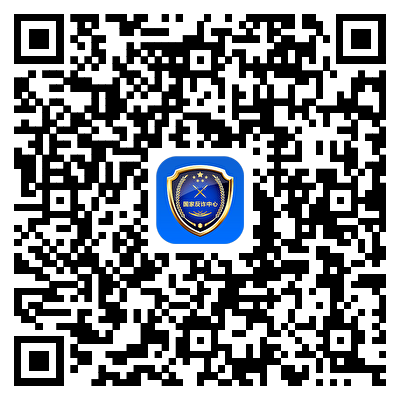Title: Translating “注意事项” into English: Key Points to Remember
Writing an academic paper involves several crucial steps, and one important aspect is translating the key terms accurately. In this article, we will focus on how to translate the Chinese phrase “注意事项” into English. This translation is commonly used in academic writing, particularly when discussing guidelines, precautions, or considerations. Below are some points you should keep in mind when attempting to accurately convey the meaning of “注意事项” in English.
1. Contextual Understanding:
To choose the appropriate translation, it is important to understand the context in which “注意事项” is used. This phrase typically refers to a set of instructions, guidelines, or points to be taken into consideration. Hence, it is crucial to convey this sense of caution or attention in the English translation.

2. “Points to Note” or “Instructions”:
One possible translation of “注意事项” is “points to note” or “instructions.” These translations capture the idea of providing specific guidance or important information that the reader should be aware of. For example, when writing about laboratory procedures or experimental methods, “注意事项” could be translated as “important instructions” or “critical points to note.”
3. “Precautions” or “Safety Precautions”:
Another suitable translation of “注意事项” could be “precautions” or “safety precautions.” This translation highlights the need for caution while engaging in certain activities or procedures. “注意事项” pertaining to safety guidelines, potential hazards, or risks can be accurately conveyed using these terms. For instance, in a research paper discussing the precautions to be taken during a chemical experiment, the phrase “注意事项” can be translated as “safety precautions” or “precautionary measures.”
4. “Considerations” or “Important Considerations”:
In some cases, “注意事项” may refer to important factors that need to be taken into consideration. Translating it as “considerations” or “important considerations” implies the need for thoughtful analysis and inclusion of specific factors. This translation is particularly useful in fields such as business, where various factors need to be considered before making decisions or formulating strategies.
5. Adapting to the Context:
It is important to note that the translation of “注意事项” may vary depending on the specific context of your writing. The examples provided above are general guidelines, but always consider the subject matter and the target audience when choosing the most appropriate translation.
In conclusion, accurately translating “注意事项” into English requires a deep understanding of the context and purpose of the translated text. Whether it is “points to note,” “instructions,” “precautions,” or “considerations,” the chosen translation should effectively convey the sense of caution, guidance, or attention that “注意事项” embodies. Remember to adapt the translation to fit the specific context of your writing, ensuring clarity and precision in your academic work.














 津公网安备12011002023007号
津公网安备12011002023007号